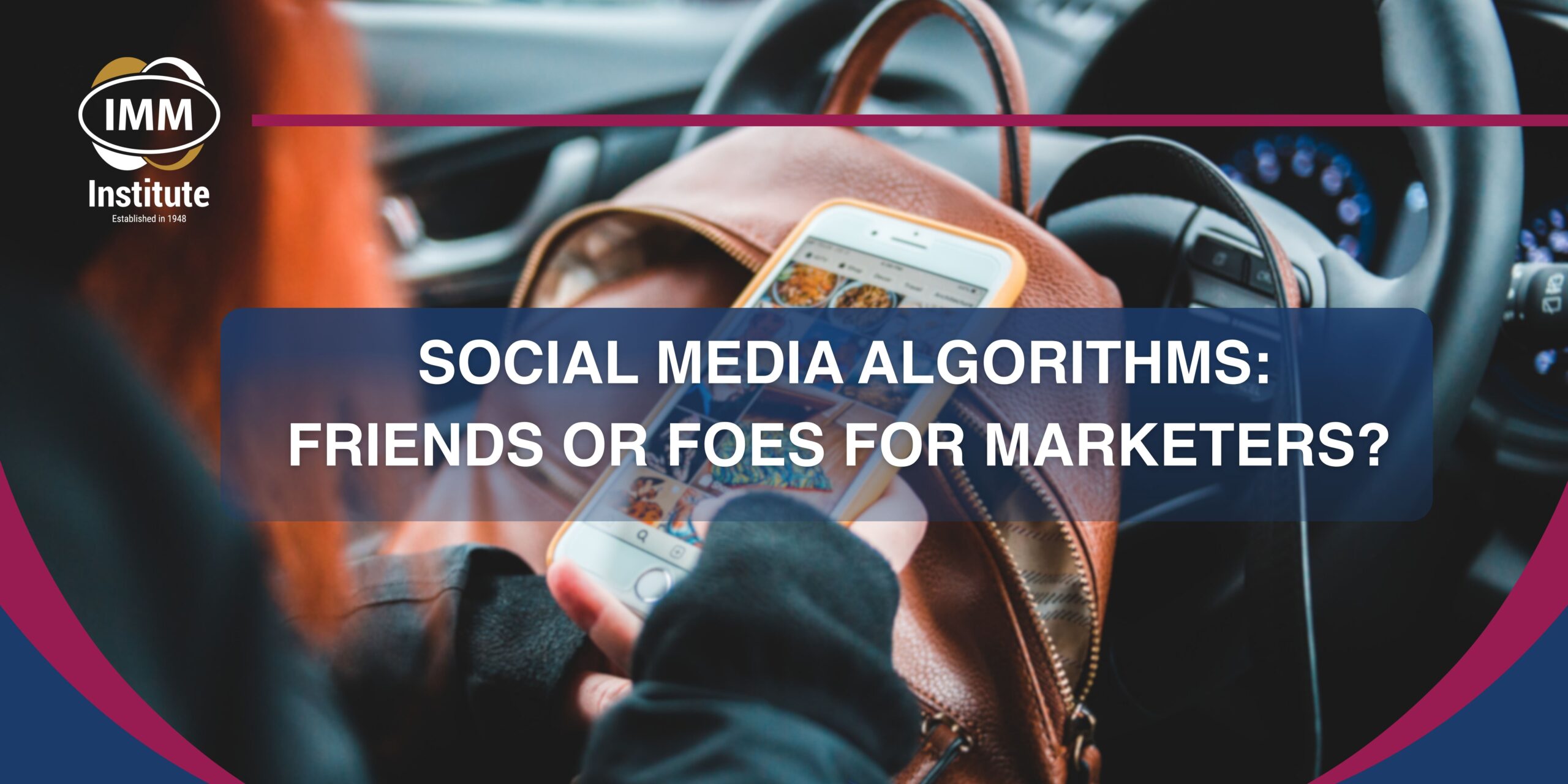
We will discuss how colour impacts marketing and how marketers can use colour to create connections with customers.
Psychology and Marketing: Why Colour is Important
It has been established that colours can influence the purchasing and consumption patterns of consumers. Colour does not only offer visual stimulation; it evokes emotions and meaningful connections that can contribute positively or even negatively to marketing messages. It is easy to appreciate that, even in the most favourable circumstances, people will form an opinion of a product based on the product’s colour to a certain degree.
Hence, in marketing, the appropriate colours can evoke the emotions of assurance, excitement or even euphoria or any type of emotion that is appropriate for the interaction of consumers with your brand. For instance, tech companies such as Facebook and LinkedIn use blue to convey trust and dependability while fast food chains usually incorporate red and yellow to draw in customers. It helps by ensuring that shades used in communication harmonise with what the company stands for, which in turn helps tilt the audiences towards purchasing products.
The Emotional Impact of Colours in Marketing

The use of colour is psychological, as certain colours are known for inciting certain emotions, and meanings which can be tactically employed to sway consumer behaviour. Below are some of the most recurrent colours in marketing and the effect they have on consumer psychology:
- Red: It is a colour that mostly relates to passion or extreme feelings such as love. This is an eye-catching colour. It is often seen in sales advertisements and in call-to-action buttons because red is believed to excite and energise almost immediately, encouraging quick decisions.
- Blue: The colour denotes trustworthiness, expertise and safety, which is why the colour blue is dominant in most banks, information technology organisations and in health corporates. It makes the user calm and promotes trust and therefore customer fidelity among such companies.
- Yellow: Primarily signifying sunshine and happiness, yellow is a colour used by brands wishing to portray the image of joy and positivity. This is usually the same case in advertising where the primary audience is families or children because the colour makes everything soft and friendly.
- Green: Due to its close ties with the earth and healthy living, this colour is often adopted by green and health- focused companies. Customers of these brands are drawn to this colour as it represents equilibrium, freshness and sustainability.
- Black: The colour for classiness, sophistication, and uniqueness is black and has been adopted by most up-market brands. It assists in creating clean and classy looks that attract people who are looking for high-end goods or services.
Marketers are able to opt for colours which speak volumes about their brand’s values and messages contained in visual communication by being aware of these stimuli.
How to Use Colour in Your Marketing Strategy

When determining the marketing direction to take, it is critical to consider the colours being used in relation to the character of the brand and the desires of the brand’s customers. The following are some practical tips that can assist:
- Know Your Brand Identity: Determine what the brand is all about and what kind of reaction it should elicit from the consumer. For instance, let’s assume you are marketing a technology product, blue colour variations fall perfectly in this context to elicit trust and dependability while a wellness brand would most likely use green associated with health and sustainability.
- Understand Your Audience: Different colours may have different meanings and implications in different societies. For example, in western cultures, white stands for purity and simplicity but in some eastern countries it is associated with death. This is the reason these factors have to be taken into consideration in order to avoid making colour selections that the target market will not appreciate.
- Leverage Colour for Calls to Action: Actions can be affected by using certain colours in certain ways. This means, for instance, that a brightly coloured or a contrasting coloured call-to-action button is more likely to be clicked by an individual interacting with that page. Additionally, colour placement in elements such as landing pages or calls to action with social media ads may also improve engagement.
Stay Ahead with IMM Institute’s ‘Strategic Brand Management’ Course

If you’re ready to dive deeper into the art of brand management and learn how to adapt your marketing strategies, consider enrolling in the Strategic Brand Management course offered by IMM Institute.
Sign up today! and start mastering the power your brand.
Want to Learn More About Colour in Marketing?
For more insights into how brands use colour psychology to reinforce their identities, check out this source. Stay up-to-date with the latest industry trends and create compelling campaigns that connect with your audience on an emotional level.
By understanding the psychology of colour and its impact on consumer behaviour, you can take your marketing strategies to the next level.
















